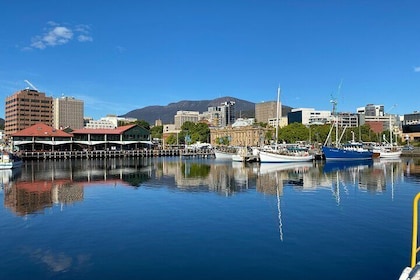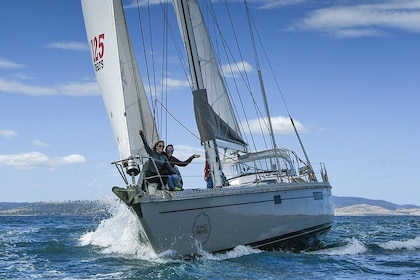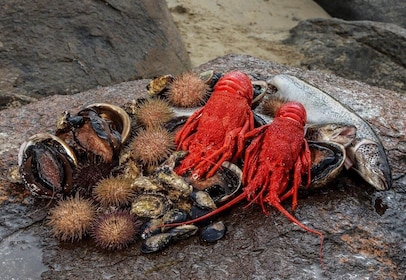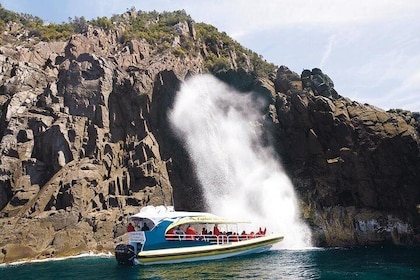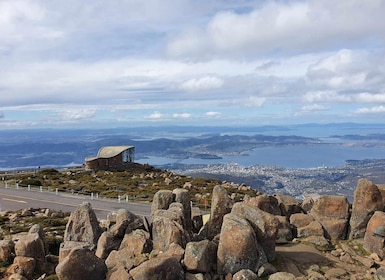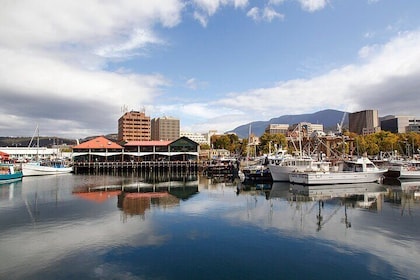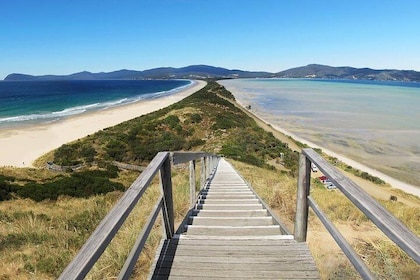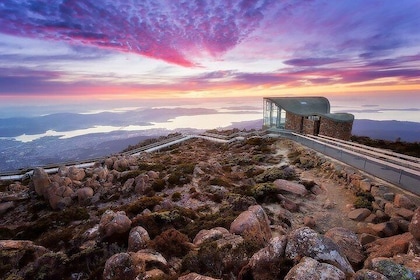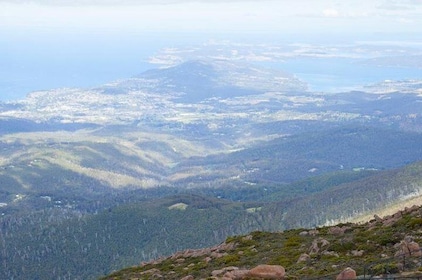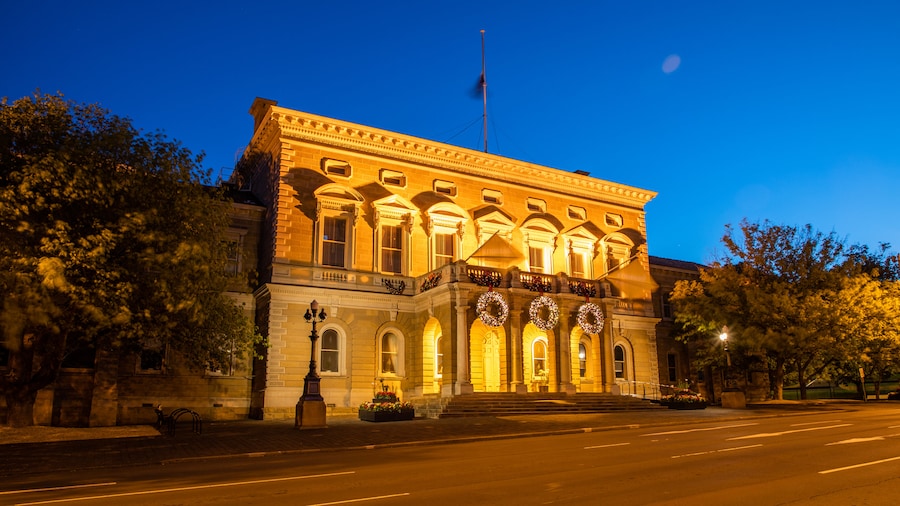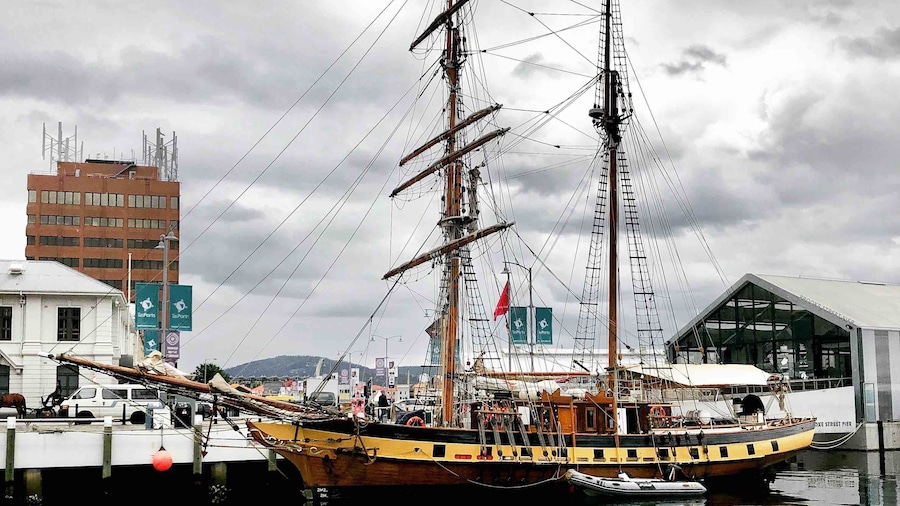Sail the ocean waves, or hear the stories of those who did, in this museum dedicated to Tasmania’s seafaring history.
The Maritime Museum of Tasmania explores this island’s connection with the sea throughout history, and provides visitors with an insight into the benefits, and dangers, that this valuable resource has brought to Tasmanians.
The museum first opened in 1974 and moved into its current premises in the Carnegie Building in 2000. This major community resource is designed to educate locals and visitors and preserve the seafaring heritage of Tasmania.
Collections are divided into three galleries across two floors. These chart the development of seafaring in Tasmania and allow visitors to discover the tools and skills used in shipbuilding, navigating and fishing, through stories, photographs and artefacts. See how the aboriginal population of Tasmania built their canoes and fished the waters around this island. Learn about the vessels used by the first Europeans to settle here and how they steered across uncharted waters for thousands of kilometres.
Tasmania’s waters were once so full of fish that people said the shoals of local Couta were “'so thick you could almost walk on them”. See how these fish were caught and discover the different ways they were used – as export to Melbourne and Sydney, for food and as fertiliser for local agriculture. Stories from those involved in the fishing industry teach visitors about the dangers involved, how a fishing community has to adapt to new technology and the problems caused by overfishing.
Southern right whales once filled Tasmania’s River Derwent, making it hazardous to cross. These were hunted throughout the 19th century for their meat, skin and bones. Since the practice was banned, the population has recovered, and lucky visitors may get to see some of these fascinating creatures in the bay. The museum includes a number of artefacts related to whaling, including a replica of a whaling ship and a real harpoon.
Outside, you can visit the SV May Queen, Australia’s oldest sail trading vessel. This 21-metre long wooden ketch was built in 1867 and worked for over 100 years before it was donated to the Maritime Museum of Tasmania. You can view the May Queen in her mooring, or join a tour on Saturday mornings and Thursday afternoons.
The Maritime Museum of Tasmania is open every day (except Christmas day) and is situated on Hobart’s historic waterfront.
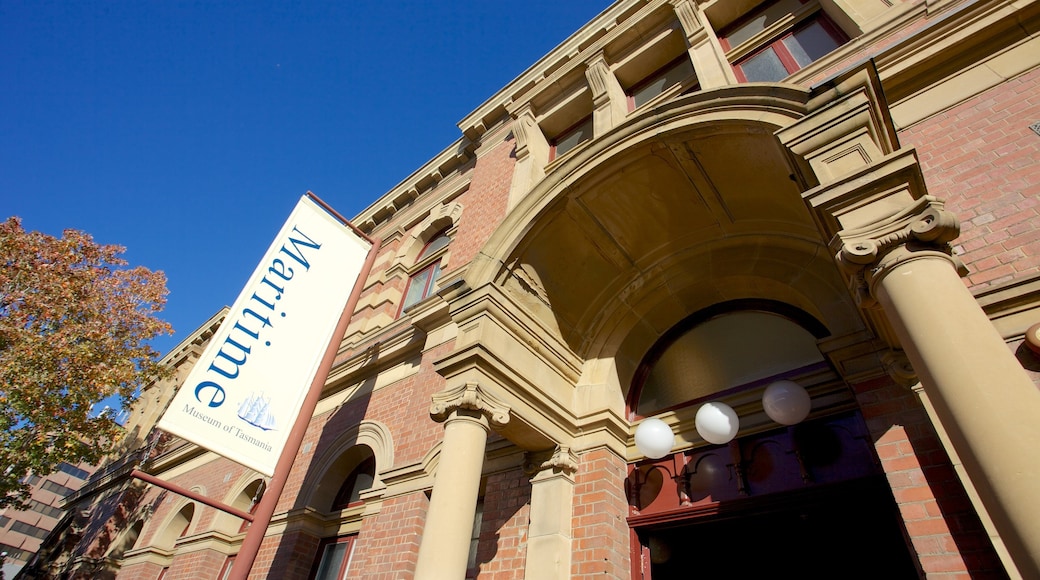
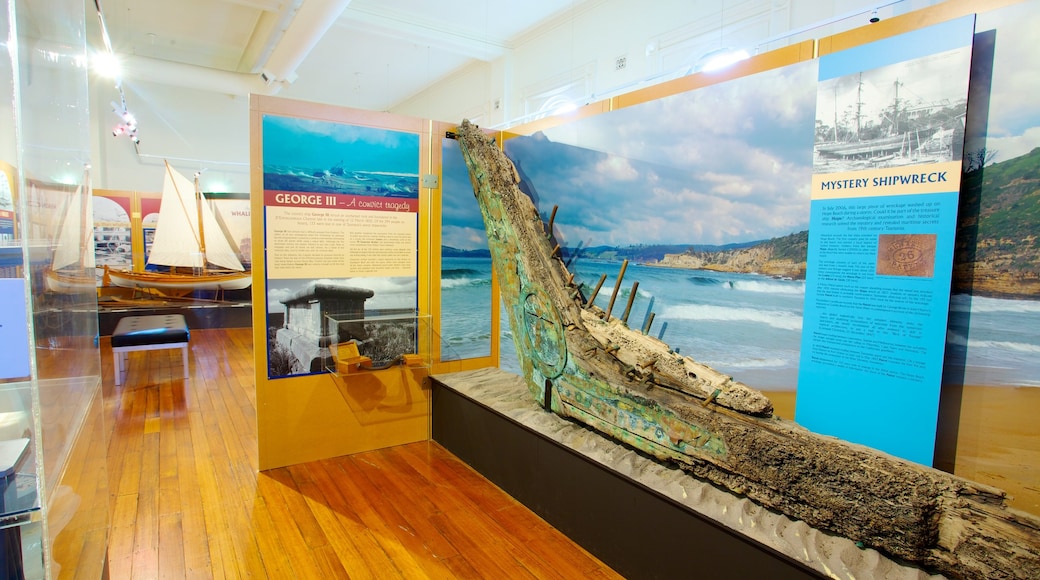

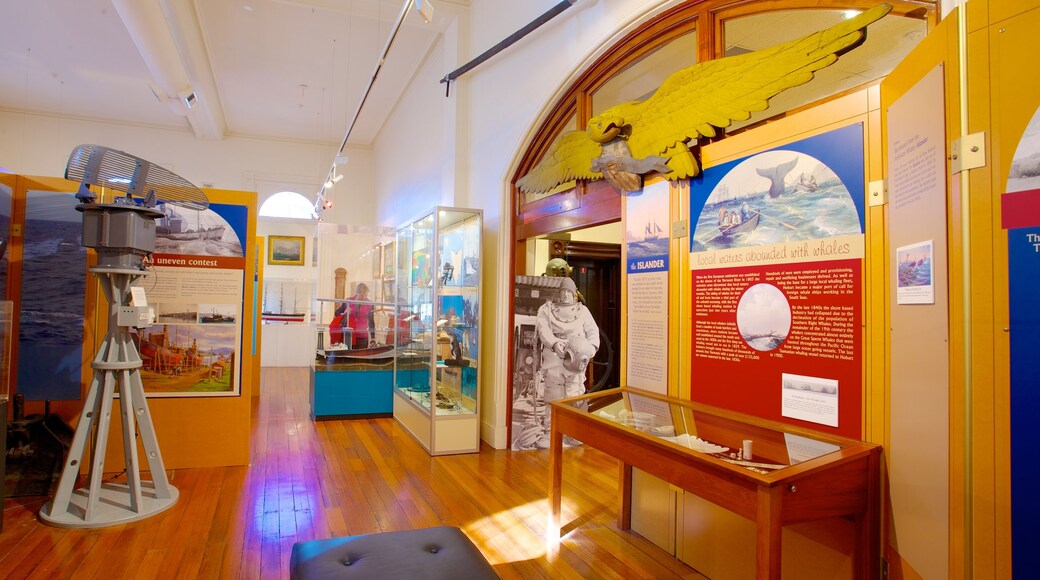

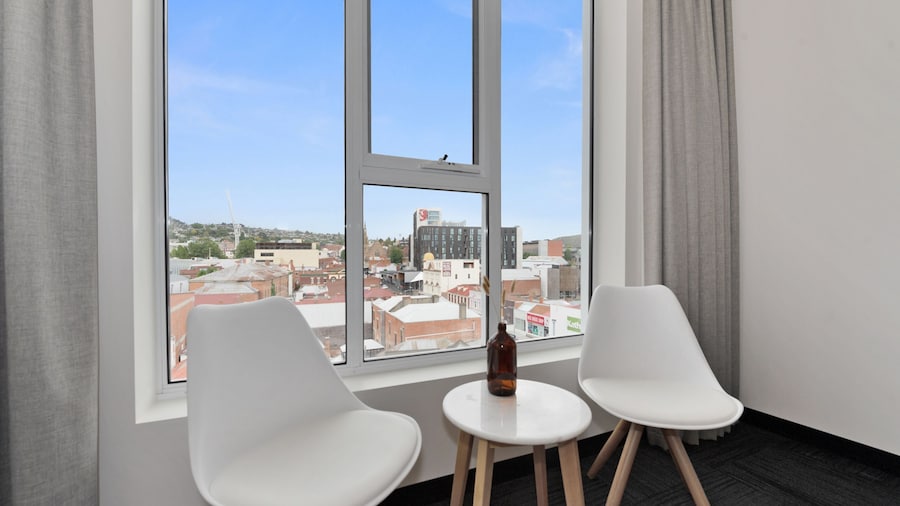

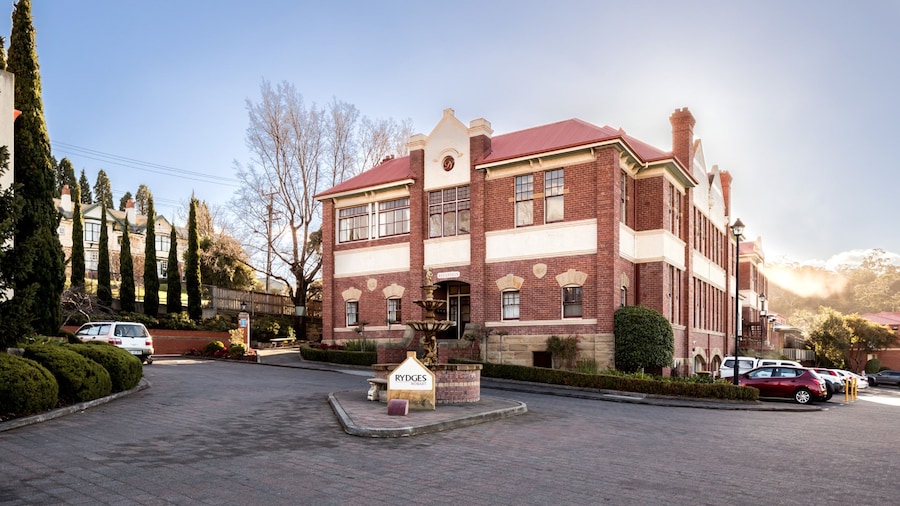
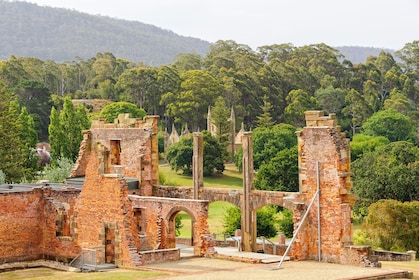



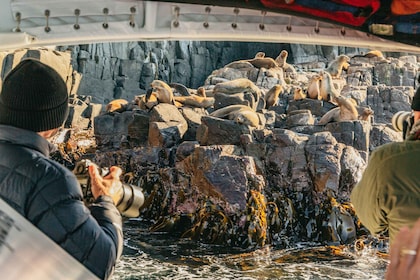




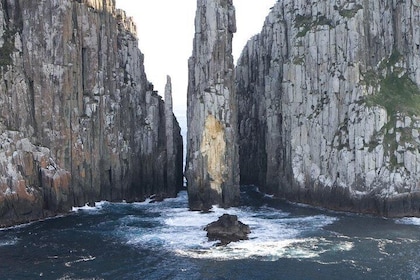
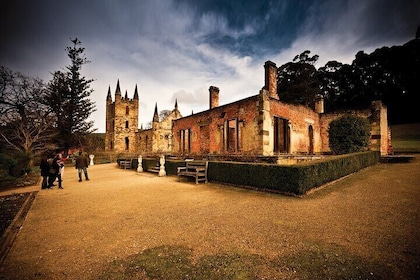

![Hobart: Cascades Female Factory Historic Site [official]](https://mediaim.expedia.com/localexpert/47979949/9d35a31a-f821-4f28-9c33-6bb99efea314.jpg?impolicy=resizecrop&rw=500&rh=280)



